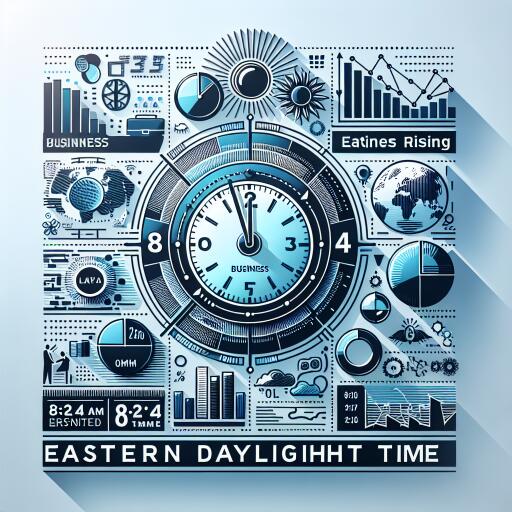Technology’s Double-Edged Sword: Navigating the Digital Minefield of Modern Life
In the bustling streets of San Francisco, amidst the whirlwind of innovation and the relentless pursuit of advancement, an ominous shadow lurks. It’s a shadow cast by the very technology that powers our lives, sweeps us forward, and, paradoxically, could be leading us astray. The ethos of “Move fast and break things,” famously embraced by Facebook’s Mark Zuckerberg two decades ago, initially promised an era of unmatched technological progress. Yet, this call to arms, emblematic of Silicon Valley’s disrupt-or-be-disrupted attitude, now echoes through our digital corridors, not as a triumph but as a cautionary tale.
The recent global technology debacle, precipitated by a supposedly routine update from cybersecurity behemoth CrowdStrike, serves as a stark reminder of this peril. An update meant to fortify computer systems instead rendered them vulnerable, exposing a glaring oversight in our collective understanding and trust in technology. It’s a sobering realization that, in our eagerness to advance, we’ve constructed a digital edifice teetering on foundations we scarcely comprehend, let alone control.
This incident is not an aberration but a manifestation of a broader, more insidious issue. Our society, enamored by the shimmer of tech’s promise, has perhaps become complacent, underestimating the complexities and potential pitfalls embedded within our digital infrastructure. The allure of innovation, while pushing us towards new heights, also blinds us to the mundane yet critical importance of robust, resilient systems that prioritize safety and reliability over speed and disruption.
The fallacy of assuming new is invariably better has led us into a dimly lit path laden with digital land mines. These hidden threats, capable of erupting with little to no warning, expose a simple yet uncomfortable truth: our ignorance. The CrowdStrike fiasco is a harrowing reminder of the fragility of our digital world, constructed with codes and algorithms we take for granted until they unravel, leaving chaos in their wake.
Moreover, this recent technology meltdown serves as a reflection on societal values and priorities. In a race to innovate and disrupt, have we neglected the fundamental principle of safeguarding what we already have? This incident calls for a collective introspection and recalibration of our approach to technological advancement. It implores us to strike a balance between the pursuit of the new and the imperative of ensuring the security and reliability of our digital infrastructure.
In response, perhaps it’s time to amend the tech industry’s prevailing ethos. Instead of moving fast and breaking things, the goal should be to move thoughtfully and fix things. This isn’t to advocate for technological stagnation but for a more measured, mindful approach to innovation—one that recognizes the complexity and interconnectedness of the digital ecosystem and places equal importance on stability and security as it does on advancement.
As we stand at this crossroads, let’s choose the path that leads not to a graveyard of broken dreams and compromised systems but to a future where technology fulfills its true promise: to uplift and empower all facets of human life, securely and sustainably. The journey ahead is complex, lined with challenges both known and unforeseen, but it’s a crucial one if we wish to navigate the digital minefield of modern life with our aspirations and digital integrity intact.
In conclusion, the recent unrest in the tech landscape is a wake-up call, urging us to reassess our relationship with technology. It’s a reminder that innovation, while necessary, requires a thoughtful, balanced approach to ensure that as we build our digital future, we’re not laying the seeds of our own downfall. As we move forward, let’s tread carefully, mindful of the digital land mines beneath our feet, yet optimistic about the promise technology holds—if only we steer it wisely.










